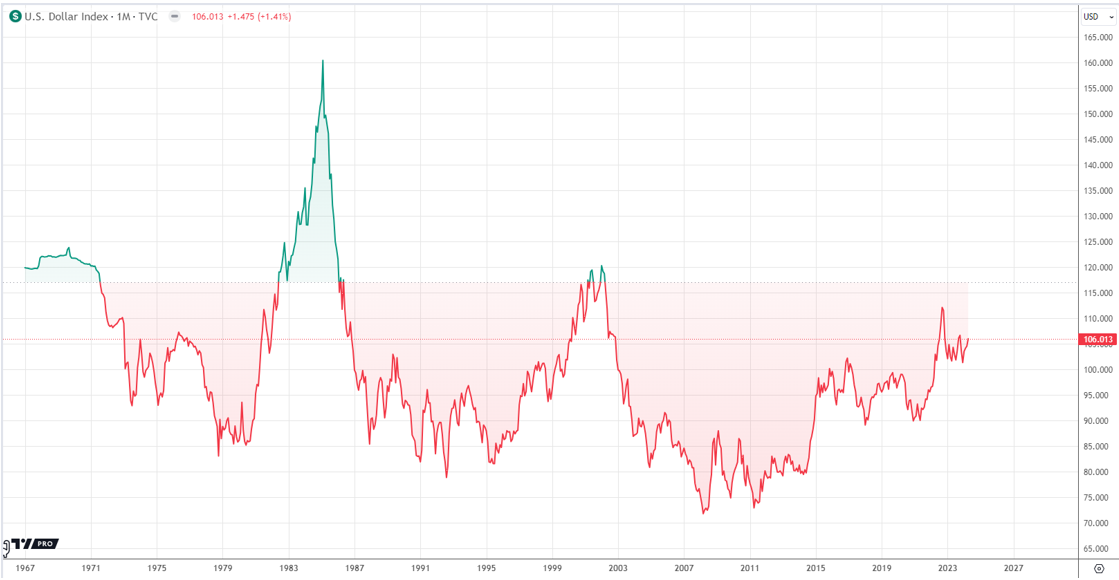It is very important to patent an idea or product in order to secure your invention from being copied by others. It is an effort of copywriting your invention to keep it authentic. It can safeguard any idea, design, product, or process that has certain specifications and exceptionalism in terms of its originality, practicality, utility, and suitability.

In most cases, a patent ensures the security of an invention for about 20 years. This period begins from the time you file your patent. Initially, the person must file a formal application with the US Patent and Trademark Office. Once you describe your product by disclosing it publicly and starting selling, or keep it available for commercial purposes, the application process has to be completed.
Luckily, there is a 1-year rule that will let you (being an inventor) examine your invention (product/idea) carefully before you finally decide to invest in filing a patent. However, you need to be careful in case you have a foreign product, patent protection won’t be available to such an invention which is already disclosed publicly before filing a formal patent application to patent an idea or product.
So, you must file an application with the United States prior to the disclosure of your invention on a public platform. There is this guide that will help you in acquiring a foreign patent with other nations outside the USA but before filing the application to patent an idea or product, let’s first understand when should you file a patent and when NOT.
Advantages of Patents
A patent gives you the right to prevent others from imitating, producing, selling, or importing your idea/product without your consent.
If you patent an idea or product, not that you get patent protection for a predetermined time interval, which benefits you by keeping the competitors at bay. Then you can freely use your invention as desired.
Alternatively, to be on the safer side, it is better to license your patent, so that others can utilize it or you can sell it. This can help you with a significant source of revenue to use it for your business. In fact, many businesses exist on the sole basis of collecting royalties from patenting an idea that they have licensed – probably in combination with a registered trademark and design.

Risks if you won’t Patent an Idea
The simplest risk that any inventor takes while filing a patent is that you may not get one. Yes, not every filing is approved to get a patent. The Patent Office might declare your invention to be not patentable whatsoever under any circumstances.
Plus, if you don’t get the patent or file to patent an idea earlier, then here are some other added disadvantages in the queue:
Somebody else will get the patent
In most nations, other than the United States, if a person and an enterprise did a similar or same invention, then the one who applied first for patenting their product will get the right to the patent an idea or product.
This means that if you have come up with an idea much earlier but didn’t file to patent an idea or product then somebody else who came up with an equivalent idea later, may apply for the patent and legitimately exclude your enterprise (or SME) from the market, or may limit your activities in the utilization of that invention. Or, the later body might demand a licensing fee from your enterprise for using your own invention.
Competitors will grab the benefit of your invention
If you won’t patent an idea or product then you have the risks of getting it copied and used by your competitors in the market. That means, the competitor firms might get influenced by your product idea and will start manufacturing the same product but quite economically (making it cheap and costing affordable).
In this way, they will use your idea without even paying you for that, and will get more sales for keeping the product price favorable to the customers. So, if you patent an idea then you have full rights to approach the company legally, ask them to take down the product, or sue them.
Requirements for Patenting
Under the United States patent law, any person who “invents or discovers any new and useful process, the machine, manufacture, or composition of matter, or any new and useful improvement thereof, may obtain a patent.” That means, you should meet the below four requirements in order to qualify for the to file patent an idea or product:

Patentable Subject Matter
A patent cannot safeguard an idea as a whole. Rather, the idea should be embodied in one or more of the matters given below:
- A method or process (for example a brand new technique to manufacture concrete)
- A machine (something with new circuitry or newer arrangements of moving parts)
- A manufactured article (like a tool or another object which yields a productive output with rare or no moving parts, such as a color pencil)
- A new composition (like something related to medicine or other pharmaceutical products)
- An new species of plant produced through asexually reproduction
If your invention belongs to one of these categories, then it is sound and okay. However, there are certain subject matters which are not patentable. These include mathematical formulas, laws of nature, and processes done entirely by the human body (like the technique of writing with both hands at the same time or shooting a free-kick to the football goal post, naturally-occurring elements, etc.
Novelty Requirement
Novelty simply implies that the invention has to be authentic and fresh. That is, it must have significant differences from the one that is already existing in the public platform, prior to applying to patent an idea or product, and must have published applications, available publications to the public and products on sale.
Utility Requirement
Utility means an invention must be such that one can physically accomplish something out of it. If an invention is workable, or if it gives a fruitful output to the requirements of the user, then it has utility. In practice, many inventions fail to pass the utility test.
Only if the underlying logic of the product is seriously flawed (for instance, a perpetual motion machine), the product patent could be challenged in terms of its utility. Additionally, any product or idea which appears harmful or illegal to be in the public domain will be declined by the USPTO under this (utility) requirement.
Non-obviousness Requirement
Non-obviousness implies that people who are experts in the field related to the invention (as opposed to the average person) will not declare the invention as obvious. For instance, a discovery made by using one color in place of another or creating a composite idea by combining the ideas of two already existing inventions would not be typically considered as patentable. The invention has to have something different from what already exists in terms of both knowledge and utility.
Patenting Fees and Turnaround Time (TAT)

As per the US Patent and Trademark Office (USPTO), the standard cost of filing a formal patent application is about $300. However, the price is $150 if you are a small business proprietor, and for the micro entity, the fee is only about $75 (per capita).
The turnaround time for the completion of the full procedure of obtaining the patent certificate to patent an idea or product is generally about two and a half years; it can take any period of time from about one year (if you consult the Intellectual Property Office to speed up the TAT) to about four years.




